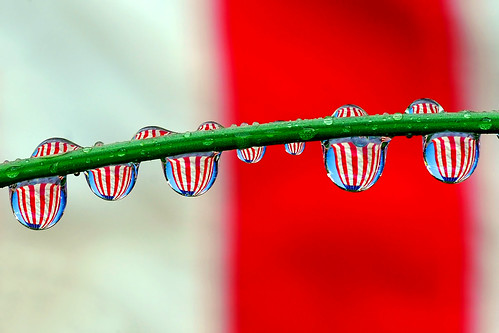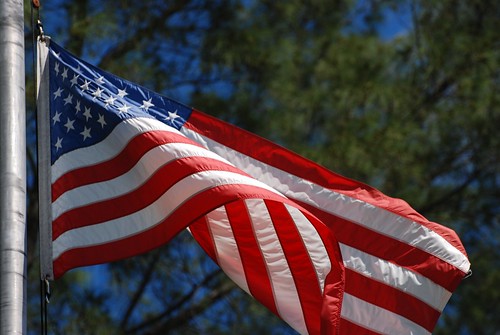 There's not much that makes me feel more patriotic than our national park system. And although other places in the US may boast larger and grander national parks, I am grateful to live in an urban area where you're never more than a few miles from a park. Check out this map to see what I mean. Or consider this list:
There's not much that makes me feel more patriotic than our national park system. And although other places in the US may boast larger and grander national parks, I am grateful to live in an urban area where you're never more than a few miles from a park. Check out this map to see what I mean. Or consider this list:Anacostia Park includes Kenilworth Park and Aquatic Gardens and Kenilworth Marsh, 1200 acres along the Potomac (see our previous car-free post).
C&O Canal National Historic Park (previous post) follows the Potomac River and the C&O Canal for 184.5 miles from Cumberland, MD, to Washington, DC, running right by Great Falls Park, another gem of the DC-area National Parks.
Rock Creek Park (previous post) is one of the oldest parks in the National Park Service and, at 1754 acres, one of the largest urban forests in the United States. Several other parks are under the jurisdiction of Rock Creek Park, adding even more to the total acreage, including Glover Archbold Park, Montrose Park , Dumbarton Park, Meridian Hill Park, Battery Kemble Park, Palisades Park, and Whitehaven Park.
Greenbelt Park (previous post) is an 1100 acre National Park just inside the beltway in Greenbelt, MD, with hiking and biking trails and a large campground.
The Potomac Heritage National Scenic Trail will eventually include over 825 miles of trails, from Pittsburgh to the Chesapeake Bay. In addition to the C&O Canal, it includes 15 miles in Loudoun County; 7.7 miles of trails within Riverbend Park, Great Falls Park, and Scott’s Run Nature Preserve in northern Fairfax County; two partially-completed routes within the District of Columbia— including a 23 mile Fort Circle Parks Trail, and a multi-use route between Georgetown and Oxon Cove Park; and the 18.5-mile Mount Vernon Trail and the 10-mile Potomac Heritage Trail within George Washington Memorial Parkway.
Speaking of the GW Parkway, it's not just the narrow corridor around the higway. This National Park property includes several sub-parks along the way, including the beautiful 700-acre Turkey Run, 91-acre Theodore Roosevelt Island (previous post), the 17-acre Ladybird Johnson Park/LBJ Memorial Grove (which is supposed to be a good place to watch the fireworks, though we've never tried it), a marina on Daingerfield Island, 380-acre Dyke Marsh Wildlife Preserve, and more.
The Civil War Defenses of Washington are also run by the NPS. Some of the most notable are Fort Dupont Park (376 acres), Fort Washington Park (341 acres), and Battleground National Cemetery.
Oxon Cove Park/Oxon Hill Farm is a 512 acre working farm with educational programs on farm life, 19th century history, and the environment.
Piscataway Park exists mainly to protect 6 miles along the Potomac that can be seen from Mount Vernon (which, incidentally, is not a National Park). The 5000 acre park is partly privately owned, and part jointly run by the NPS. The part that is open to the public includes a National Colonial Farm.
And then, of course, there is the National Mall and all of its Memorials, all run by the National Park service. NPS also has jurisdiction over many of the smaller parks scattered throughout the city, including Meridian Hill/Malcolm X Park, and many parks on Capitol Hill.
 And don't forget the National Historic Sites -- not so nature-y, but part of the Park Service nonetheless:
And don't forget the National Historic Sites -- not so nature-y, but part of the Park Service nonetheless:Frederick Douglass NHS,
Mary Mcleod Bethune Council House NHS,
The Old Stone House,
Carter G. Woodson Home NHS,
Sewall Belmont House and Museum,
Ford's Theater,
Clara Barton NHS, and
Pennsylvania Ave NHS (aka the White House).
I suspect I've even missed some. So, while we're honoring national heroes this weekend, don't forget to include the ones at the National Park Service.
What's your favorite park on this list? Did we miss any? Leave a comment.


